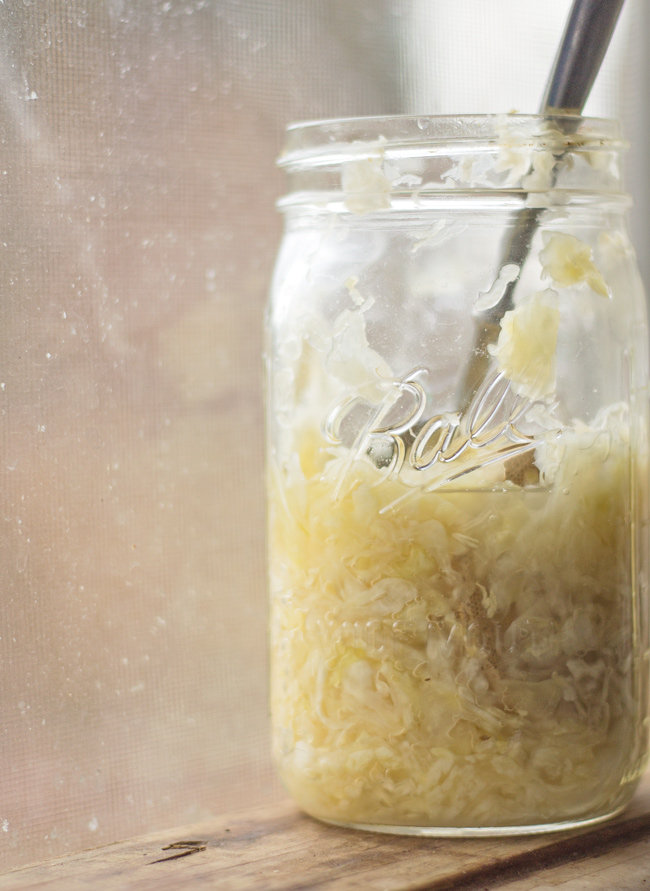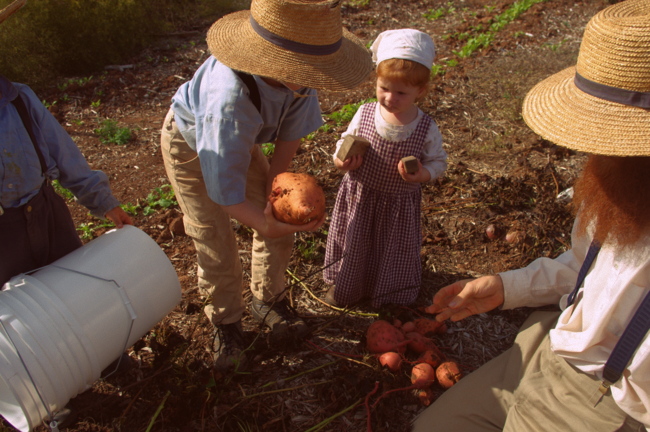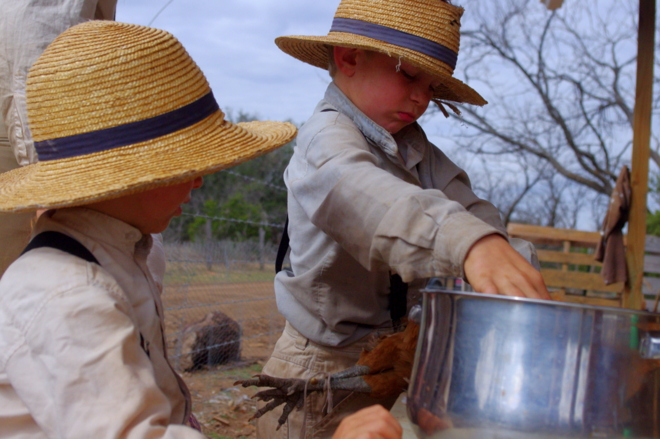Tepary Beans: One of the Most Drought and Heat Tolerant Crops in the World?
We moved to Central Texas in the fall of 2011, on the heels of one of the worst droughts this state has ever seen. Coming from the Midwest, it was like being transported to another planet. Everything I thought I knew about gardening – like avoiding those spots in our old yard that were too wet – went out the window as we crossed from Kansas to Oklahoma and finally into Texas.
Since then we have scoured the internet and several of our favorite seed magazines for drought and heat tolerant crops. This summer we’ve received more rain and milder temperatures than the two previous summers, but I don’t expect that to be the case every summer. So, in order to create sustainable food production, we’re looking to plant things every year that can tolerate the conditions already existing in our area.
Which is why we’ve grown blue speckled tepary beans every year now… and I’m impressed.
The first two summers, with very little rain fall and long stretches of very hot days, they produced a decent crop. This year we continue to pick them as with each new rain we have seen another batch of flowers and then beans being produced. It’s actually been quite astonishing to watch.
We found blue speckleds at Baker Creek seeds, but I just recently came across Native Seeds and am excited to find blue speckleds along with 30 other varieties of tepary beans. They make the claim that they are, in fact, one of the most drought and heat tolerant crops in the world. They also claim that they do not tolerate clay soils, but ours seem to have done fine.
Thus far, we’ve grown them as dried beans and saved most of the seed to plant a larger swath of them every year. This year it looks as though I may get some soup beans out of them, especially since I still have a pint of them left over from last year.
These beans are pretty low to the ground and the boys have been a great help in getting them picked. Two weeks ago I wanted to head out to the gardens to check on Abram who had been picking for some time. I walked past the chicken field, the compost heap, and stopped as I got close to the barn-red chicken coop. I could recognize that little voice anywhere.
There he sat, on his knees, happily singing while he picked blue speckled beans. I don’t think picking them this week will be too much of a chore with him by my side.
Have you tried tepary beans?










How does the tepary bean taste compared to the navy or pinto?
Alicia – I haven’t yet cooked ours, as I mentioned above that we have saved them solely for seed, but I’ve heard them described as earthy like lentils.
Thanks for providing some information on this.I live in the tropics and there is usually a 4 month dry season, with no water. which runs from February to May
My question is can these beans be eaten in as green beans, both in the inside bean and the outside shell. I have seen persons using these as drying beans but not as actual green beans.
Secondly do you find these beans subject to many pests? locusts and ants traditionally eat young bean stems and flowers but I have seen this bean is a different family classification of bean.
Thirdly, what are yields like lets say for a 4 foot x 4 foot plot and how long?
And can the roots or shoots be eaten, some bean plants like Jicima produce an edible root and some bean plants the shoots are eaten
Have you interplanted with corn or other crops
I would really appreciate your advice and kind regards